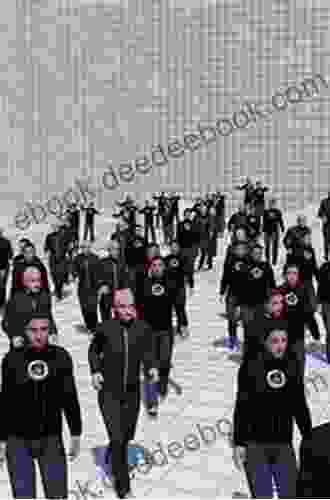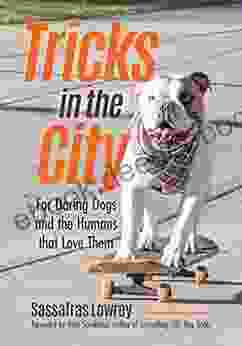Crowd Simulation: Delving into the Art and Science of Crowd Creation by Marc Stanford

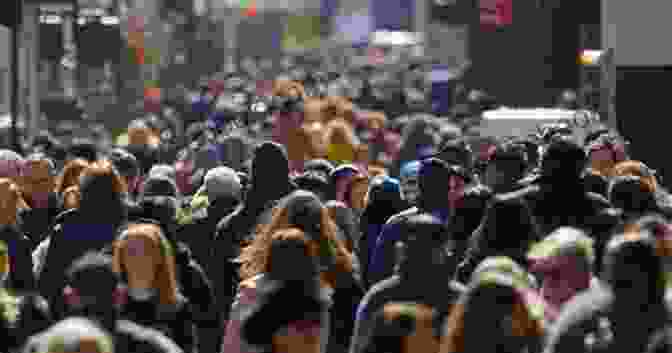
In today's digital world, creating realistic and believable crowds is essential for a wide range of applications, from video games and movies to architectural visualizations and traffic simulations. Crowd simulation has become a specialized field that combines art and science to generate realistic crowd behaviors and interactions. One of the pioneers in this field is Marc Stanford, whose work has pushed the boundaries of crowd simulation for over two decades.
4 out of 5
| Language | : | English |
| File size | : | 5705 KB |
| Text-to-Speech | : | Enabled |
| Screen Reader | : | Supported |
| Enhanced typesetting | : | Enabled |
| Print length | : | 305 pages |
Marc Stanford is a computer graphics researcher and professor at the University of California, Berkeley. He is best known for his groundbreaking work on crowd simulation, which has been used in numerous blockbuster films and video games, including "The Lord of the Rings" trilogy, "Avatar," and "Grand Theft Auto V."
Crowd simulation is a complex process that involves a combination of techniques from computer graphics, physics, and artificial intelligence. Stanford's approach to crowd simulation is based on a deep understanding of human behavior and social interactions. He has developed algorithms that can generate realistic crowd behaviors, including walking, running, dodging obstacles, and interacting with each other.
One of the key challenges in crowd simulation is generating realistic crowd dynamics. Stanford's algorithms are based on the concept of "social forces," which represent the forces that act on individuals in a crowd, such as the desire to move towards a goal, avoid obstacles, and maintain a comfortable distance from others. By simulating these forces, Stanford's algorithms can generate realistic crowd behaviors, such as the formation of lanes in a crowded hallway or the panic that can occur in a stampede.
In addition to developing algorithms for crowd simulation, Stanford has also created a number of software tools that make it easier for artists and engineers to create realistic crowds. His most popular tool, Massive, is a commercial crowd simulation software package that is used by major film studios and video game companies around the world.
Stanford's work on crowd simulation has had a profound impact on the field of computer graphics. His algorithms and software tools have made it possible to create realistic and believable crowds that add realism and immersion to a wide range of applications. His work is also helping to advance the science of crowd behavior, with potential applications to areas such as crowd safety and urban planning.
The Art and Science of Crowd Simulation
Crowd simulation is a fascinating field that combines art and science. On the one hand, it requires a deep understanding of human behavior and social interactions. On the other hand, it also requires a strong foundation in computer graphics, physics, and artificial intelligence.
Stanford's work on crowd simulation has been successful because he has been able to bridge the gap between art and science. He has a deep understanding of both the artistic and technical challenges involved in creating realistic crowds. This combination of skills has allowed him to develop innovative algorithms and software tools that have pushed the boundaries of crowd simulation.
The art of crowd simulation lies in creating believable crowd behaviors that are both visually appealing and accurate. This requires a careful balance between realism and artistic license. Stanford's algorithms are able to generate realistic crowd behaviors, but they also allow artists to control the overall look and feel of the crowd. This flexibility makes it possible to create crowds that are tailored to the specific needs of each application.
The science of crowd simulation lies in developing algorithms that can generate realistic crowd behaviors in a computationally efficient manner. This is a challenging problem, as crowd simulations can involve millions of individual agents. Stanford's algorithms are based on a deep understanding of crowd dynamics and social forces. This allows his algorithms to generate realistic crowd behaviors without sacrificing computational efficiency.
The Future of Crowd Simulation
Crowd simulation is a rapidly growing field with a wide range of potential applications. As computer graphics technology continues to improve, it will become possible to create even more realistic and immersive crowds. This will open up new possibilities for crowd simulation in areas such as video games, movies, and virtual reality.
Stanford is excited about the future of crowd simulation. He believes that crowd simulation has the potential to revolutionize the way we interact with computers. By creating more realistic and immersive crowds, we can create more engaging and immersive experiences for people.
Stanford is continuing to develop new algorithms and software tools for crowd simulation. He is also working on new applications for crowd simulation, such as crowd safety and urban planning. He is confident that crowd simulation will continue to grow in importance in the years to come.
4 out of 5
| Language | : | English |
| File size | : | 5705 KB |
| Text-to-Speech | : | Enabled |
| Screen Reader | : | Supported |
| Enhanced typesetting | : | Enabled |
| Print length | : | 305 pages |
Do you want to contribute by writing guest posts on this blog?
Please contact us and send us a resume of previous articles that you have written.
 Text
Text Genre
Genre Paperback
Paperback E-book
E-book Magazine
Magazine Newspaper
Newspaper Paragraph
Paragraph Glossary
Glossary Bibliography
Bibliography Preface
Preface Synopsis
Synopsis Footnote
Footnote Manuscript
Manuscript Tome
Tome Bestseller
Bestseller Library card
Library card Biography
Biography Autobiography
Autobiography Memoir
Memoir Reference
Reference Thesaurus
Thesaurus Narrator
Narrator Resolution
Resolution Librarian
Librarian Catalog
Catalog Card Catalog
Card Catalog Stacks
Stacks Study
Study Research
Research Scholarly
Scholarly Journals
Journals Rare Books
Rare Books Interlibrary
Interlibrary Literacy
Literacy Study Group
Study Group Thesis
Thesis Dissertation
Dissertation Storytelling
Storytelling Awards
Awards Theory
Theory Vicky Angelaki
Vicky Angelaki William K Powers
William K Powers Rebecca Ascher Walsh
Rebecca Ascher Walsh Emil Ludwig
Emil Ludwig Maria El Aaraj
Maria El Aaraj Sonali Chakravarti
Sonali Chakravarti Paula England
Paula England Shiv Singh
Shiv Singh B D Lutz
B D Lutz John Hattie
John Hattie Antony John
Antony John Penelope Chetwode
Penelope Chetwode Catherine Weate
Catherine Weate Steven Breese
Steven Breese Dso
Dso R J Cregg
R J Cregg Robeson Taj Frazier
Robeson Taj Frazier Ian Kelly
Ian Kelly Philip Taubman
Philip Taubman Eselle Teays
Eselle Teays
Light bulbAdvertise smarter! Our strategic ad space ensures maximum exposure. Reserve your spot today!
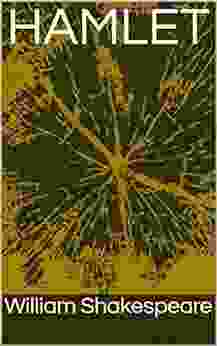
 Junichiro TanizakiHamlet, Prince of Denmark, by William Shakespeare: A Comprehensive Analysis...
Junichiro TanizakiHamlet, Prince of Denmark, by William Shakespeare: A Comprehensive Analysis... Damon HayesFollow ·18.7k
Damon HayesFollow ·18.7k Jim CoxFollow ·12.4k
Jim CoxFollow ·12.4k Gabriel Garcia MarquezFollow ·14.8k
Gabriel Garcia MarquezFollow ·14.8k Charles BukowskiFollow ·15.9k
Charles BukowskiFollow ·15.9k George HayesFollow ·15.9k
George HayesFollow ·15.9k Victor TurnerFollow ·15.6k
Victor TurnerFollow ·15.6k Chadwick PowellFollow ·15.1k
Chadwick PowellFollow ·15.1k Mark MitchellFollow ·4.1k
Mark MitchellFollow ·4.1k
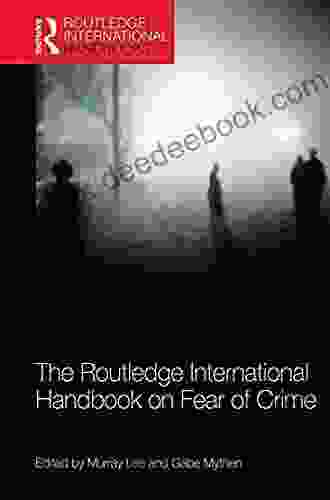
 E.E. Cummings
E.E. CummingsThe Routledge International Handbook on Fear of Crime
Fear of crime is a serious problem that can...
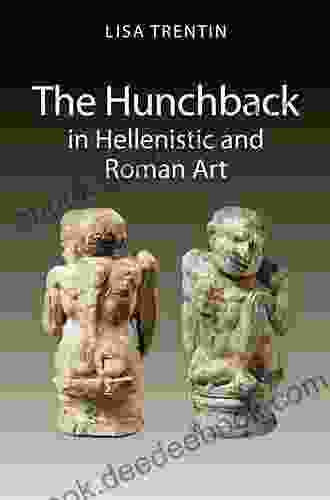
 Fletcher Mitchell
Fletcher MitchellThe Hunchback in Hellenistic and Roman Art: A...
The hunchback, or kyphosis, is a physical...

 Victor Turner
Victor TurnerA Comprehensive Guide to Needle Felting for Moms:...
Needle felting, a captivating craft...
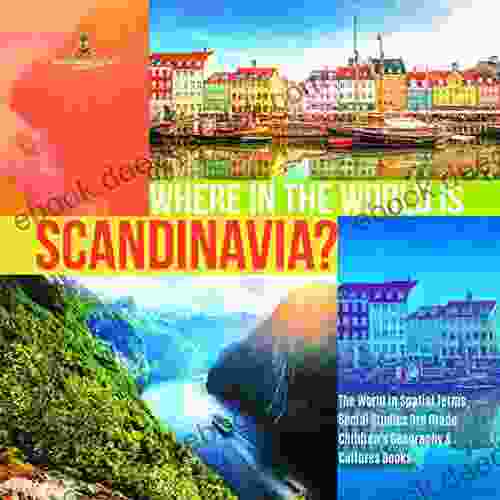
 Joseph Foster
Joseph FosterWhere is Scandinavia?
Scandinavia is a region in...
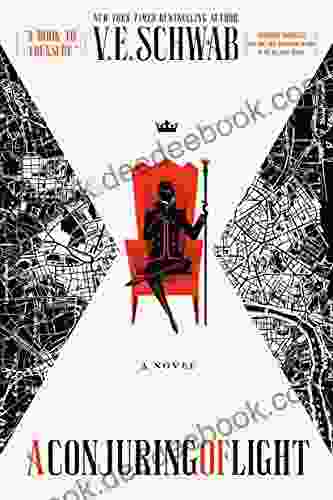
 Leon Foster
Leon FosterNovel Shades of Magic: A Masterpiece of Magical...
An Enthralling...
4 out of 5
| Language | : | English |
| File size | : | 5705 KB |
| Text-to-Speech | : | Enabled |
| Screen Reader | : | Supported |
| Enhanced typesetting | : | Enabled |
| Print length | : | 305 pages |


